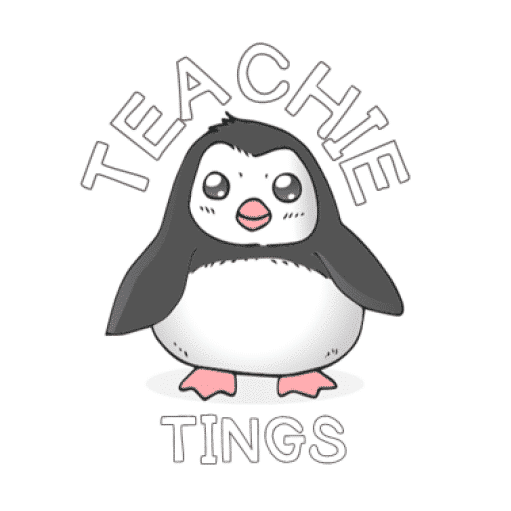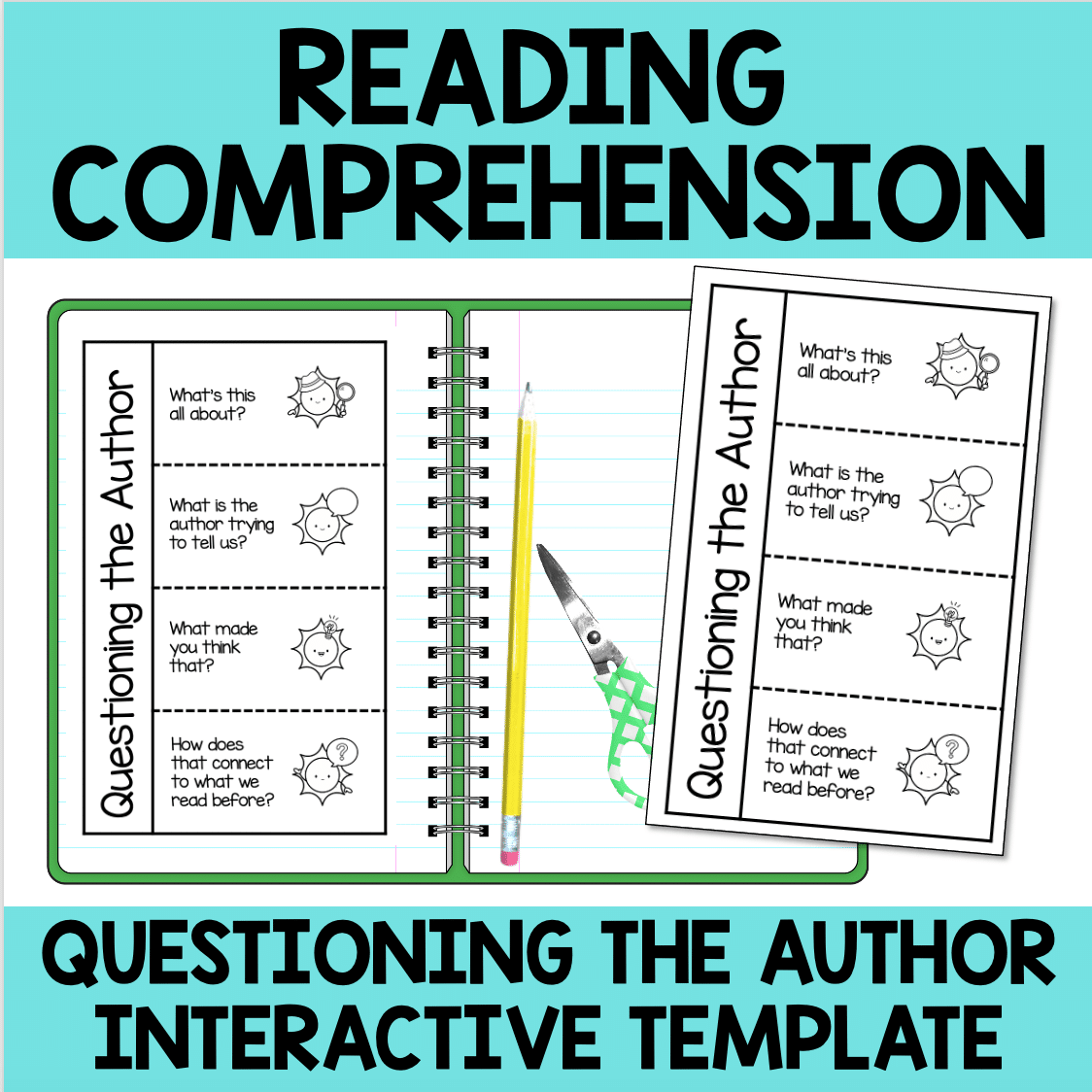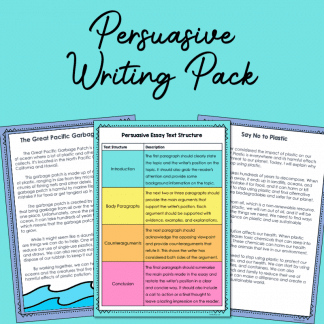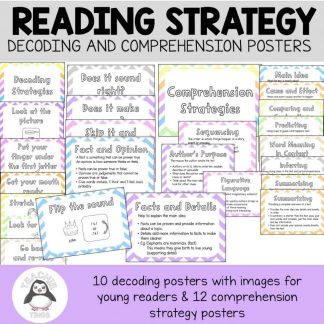Description
This reading comprehension interactive template features reading questions to aid in students using high-impact comprehension strategies such as summarising.
You can read more about my rationale for this resource here.
You will get:
- Reading comprehension interactive template
- Four questions to aid students comprehension
- With and without sun icons.
Why QtA?
Questioning the Author (QtA) reading comprehension strategies are considered powerful because they engage readers in a more active and critical interaction with the text. These strategies encourage readers to go beyond surface-level understanding and foster a deeper comprehension of the material. Here are some reasons why Questioning the Author strategies are considered effective:
1. **Promotes Active Reading:** QtA encourages readers to actively engage with the text by posing questions about the author’s intentions, choices, and the overall purpose of the text. This active involvement enhances the reader’s understanding and retention of the material.
2. **Develops Critical Thinking Skills:** By prompting readers to question the author’s decisions, QtA strategies cultivate critical thinking skills. Readers learn to analyze the text, evaluate the author’s arguments, and make connections between different parts of the material.
3. **Enhances Metacognition:** QtA involves metacognitive processes, where readers reflect on their own thinking and understanding of the text. This metacognition allows readers to monitor their comprehension, identify areas of confusion, and adjust their reading strategies accordingly.
4. **Encourages Text-to-Self Connections:** Questioning the Author strategies often involve readers making connections between the text and their own experiences, opinions, or prior knowledge. This connection helps readers relate to the material and, consequently, comprehend it more deeply.
5. **Fosters a Purposeful Approach to Reading:** Instead of passively absorbing information, QtA encourages readers to read with a purpose. Questions about the author’s choices and intentions guide readers to seek specific information, promoting a more purposeful and goal-oriented reading experience.
6. **Supports Inference Making:** Questioning the Author strategies often involve making inferences based on the text. Readers learn to draw conclusions, make predictions, and infer the author’s implicit meanings, thereby enhancing their overall comprehension skills.
7. **Facilitates Classroom Discussions:** QtA is conducive to classroom discussions where students can share their questions, interpretations, and perspectives. This collaborative learning environment promotes a deeper understanding of the text as students learn from each other’s insights.
Incorporating Questioning the Author strategies into reading instruction helps learners become more active, critical, and thoughtful readers. These strategies are not only effective in improving reading comprehension but also contribute to the development of broader cognitive and analytical skills.




